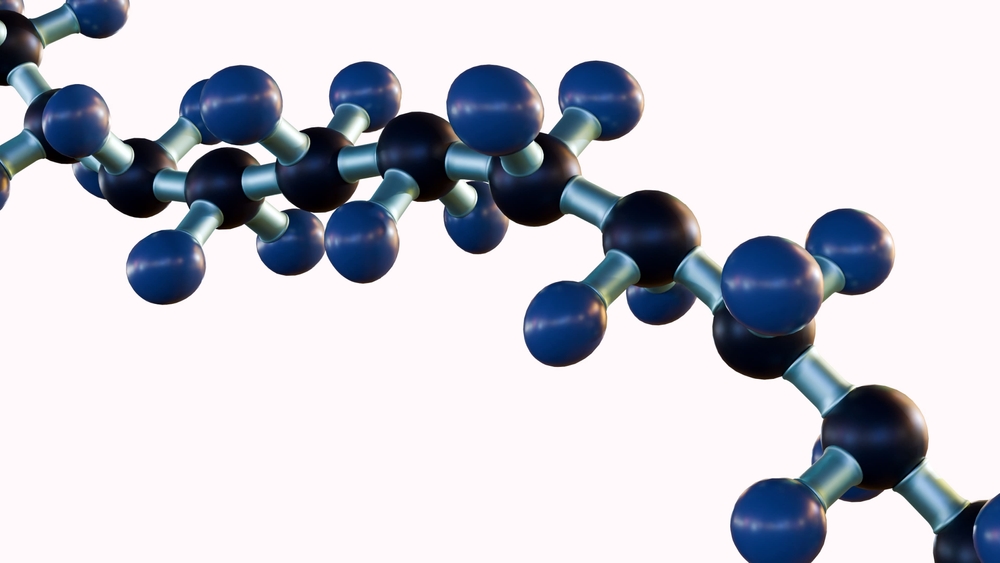Features -
Polymer building blocks are a potential game changer for modular construction

Polymers are everywhere – they are found in everything from packaging and clothes, to medical devices and electronics. While these synthetic materials have revolutionised modern life, polymer waste has become a major environmental problem.
Most polymers are derived from fossil fuels and are non-biodegradable, persisting in the environment for decades or even centuries. As they accumulate in landfills, oceans and ecosystems, they pose a threat to wildlife, human health and to the planet.
The good news is that waste polymers can find use in the construction industry for making building blocks, which can be moulded quickly and accurately, facilitating mass manufacture. Using polymers in this way means blocks can be shaped precisely, enabling them to interlock accurately with each other to form modular building systems. This design significantly reduces the skill required for assembly compared to traditional house bricks or concrete blocks, which rely on careful alignment and layers of mortar for stability.
While polymer-based construction blocks offer numerous advantages, their widespread adoption faces some challenges, such as fire safety. Unlike traditional materials like concrete, polymers can lose their structural integrity at relatively low temperatures, making them more vulnerable in high-heat environments. Additionally, when burned, polymers may release toxic fumes, which in some cases can be even more hazardous than the fire itself. Making polymer construction blocks a viable alternative in mainstream building projects would require an effective solution to fire resistance, without complicating the ease of construction that makes polymer blocks so appealing.
 StrucLock is a UK-based company, which has recently been granted a UK patent (GB2623457) for an innovative construction providing a solution to the problem of fire safety. The innovative construction block (pictured right) features a polymer block, and fire-resistant facings, which are mounted to the interior and exterior faces of the structural elements.
StrucLock is a UK-based company, which has recently been granted a UK patent (GB2623457) for an innovative construction providing a solution to the problem of fire safety. The innovative construction block (pictured right) features a polymer block, and fire-resistant facings, which are mounted to the interior and exterior faces of the structural elements.
The structural elements include an interlocking mechanism which aligns with a similar mechanism on a neighbouring construction block. Unlike traditional bricks or concrete blocks that require mortar or adhesives, these structures can be connected securely due to the integrated locking system, enabling quick and stable assembly. This technology aims to streamline construction whilst reducing cost, waste and build time.
The facings act as a fire-resistant shield, protecting both the polymer structures and their interlocking mechanisms from heat damage and helping to maintain their integrity in the event of a fire. To prevent damage or detachment of the facings, a clearance gap is incorporated, ensuring the facings remain free from direct structural loading. Instead, compression loads are effectively distributed through the core structure itself preserving both the strength and durability of the construction.
The interlocking block system is designed for versatility, making it suitable for various structures – from residential homes and commercial buildings to temporary shelters and emergency housing. This is due to the modular nature of the building systems and their significant scalability.
StrucLock’s patent protected construction block represents a significant leap forward in modular construction technologies. By eliminating the need for traditional adhesives and offering a more sustainable, fire-resistant alternative, the invention has the potential to reshape the future of construction. Whether for large-scale housing projects or quick-deploy emergency structures, StrucLock’s innovation could become a game changer in the construction industry.
With patent protection secured, the innovator will benefit from an exclusive right to bring the invention to market and, potentially, license it to third parties. This period of commercial exclusivity extends for up to 20 years, during which time competitors are barred from copying the innovation.
Mark Sugden, partner and patent attorney in the Advanced Engineering group at European intellectual property firm, Withers & Rogers.
If you would like to read more stories like this, then please click here.






